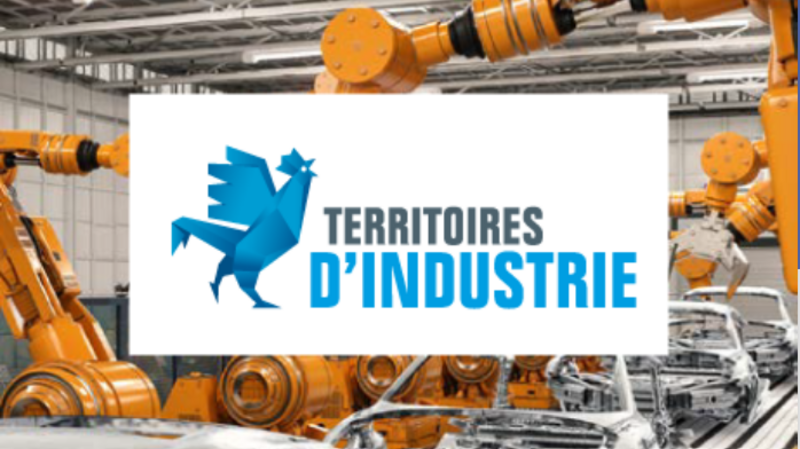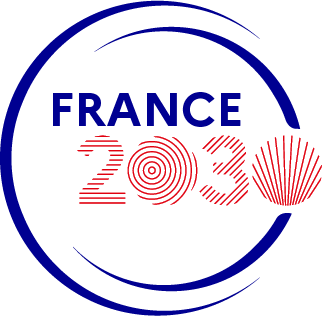The evolution of the industrial communication market is a rapidly expanding field, influenced by technological innovations such as the Industrial Internet of Things (IIoT) and wireless networks. Estimated at 21.15 billion USD in 2023, this market is expected to continue its growth through 2030, driven by the adoption of Industry 4.0 and smart systems. Technologies like smart sensors, cloud computing, and data analytics are shaping new automation solutions, with sectors such as automotive and pharmaceuticals at the forefront. Moreover, digital security protocols and the integration of 5G promise to enhance overall operational efficiency. Understanding these dynamics is crucial for anticipating the industrial landscape of tomorrow.
The global industrial communication market is estimated at 21.15 billion USD in 2023 and is expected to grow at a compound annual growth rate (CAGR) of 5.8% from 2024 to 2030. This expansion is primarily driven by the increasing integration of the Industrial Internet of Things (IIoT), enabling seamless connectivity between machines, sensors, and control systems for real-time data analysis. Industry 4.0 technologies are also transforming operations with smart factories optimizing autonomous communication between machines.
Security is critical as increasing connectivity exposes industries to cyber threats. Advanced protocols like blockchain are being integrated to protect sensitive data and ensure operational continuity. Additionally, the rise of edge computing and cloud integration allow for real-time analysis and remote access to critical data.
Wireless technologies, particularly the 5G network, are gaining popularity, offering increased flexibility and low-latency communication essential for industrial applications. In 2023, the components segment accounted for 45.5% of global revenue, due to the growing demand for advanced hardware like sensors and controllers. Among the sectors, automotive has the largest market share, thanks to increasingly complex manufacturing processes.
Key players in this market include Cisco Systems, Siemens, and Rockwell Automation. Forecasts indicate that the market will reach a size of 31.21 billion USD by 2030, highlighting a continuing trend towards industrial automation and digitization.

Table des matières
ToggleAnalysis of the Industrial Communication Market
The global industrial communication market is rapidly expanding, with an estimated value of 21.15 billion USD in 2023. This growth is primarily driven by the increasing integration of the Industrial Internet of Things (IIoT). This technology enables seamless connectivity between machines, sensors, and control systems, facilitating real-time data analysis and decision-making. Through IIoT, manufacturers can monitor equipment performance, reduce downtime with predictive maintenance, and improve overall operational efficiency. Smart sensors and Big Data analytics also play a key role in this transformation, accelerating the adoption of automation solutions across various sectors including manufacturing, energy, and power.
The growing adoption of Industry 4.0 technologies is also transforming the industrial communication market. This is reflected in an increase in investments in automation technologies, such as artificial intelligence and robotics, to streamline production processes and optimize operations. These technologies not only help reduce human error but also increase flexibility to meet market demands. In this context, AI-powered robots are carrying out complex tasks and contributing to a smarter and more automated production system.
Regional Trends in the Industrial Communication Market
In North America, the industrial communication market is poised for significant growth from 2024 to 2030, particularly due to the increasing adoption of smart manufacturing technologies and the transition to Industry 4.0. Manufacturers in the automotive, aerospace, and pharmaceutical sectors are increasingly investing in automation to enhance productivity and reduce labor costs. This trend is accompanied by the integration of advanced technologies such as artificial intelligence and IIoT, which stimulate regional growth by optimizing operations and improving real-time decision-making.
In the Asia-Pacific region, the market has already dominated the global market, accounting for 35.67% of the market share in 2023. This dominance is driven by rapid industrialization and urbanization, particularly in countries like China, Japan, and South Korea. The adoption of automation solutions to improve productivity and maintain a competitive edge in the electronics, automotive, and textile sectors is becoming increasingly common. Rising labor costs and the need to reduce operational inefficiencies are pushing manufacturers towards advanced communication technologies that ensure seamless data exchange and control in automated systems.
Key Players and Emerging Technologies
Major players operating in the industrial communication market include technology giants like Cisco Systems, Siemens, and Huawei Technologies. These companies are establishing themselves in the market by offering a range of solutions that address the evolving needs of industries, such as high-speed data transfers and real-time control. With the ongoing shift towards digitization and smart manufacturing, these market leaders are expected to maintain their dominance by innovating in areas such as edge computing, 5G integration, and cybersecurity for industrial networks.
📌 Découvrez comment gagner jusqu'à 70% de temps lors de l'installation de caméras en extérieur ?
— Phoenix Contact France (@PhoenixContactF) June 30, 2022
Quelle solution tout-en-un se cache derrière ?
La réponse en vidéo !
Plus d'information 👉 https://t.co/NzGyq85z2h#videosurveillance #smartcamerabox #switch #technolgie pic.twitter.com/QnyW3zoiv0





